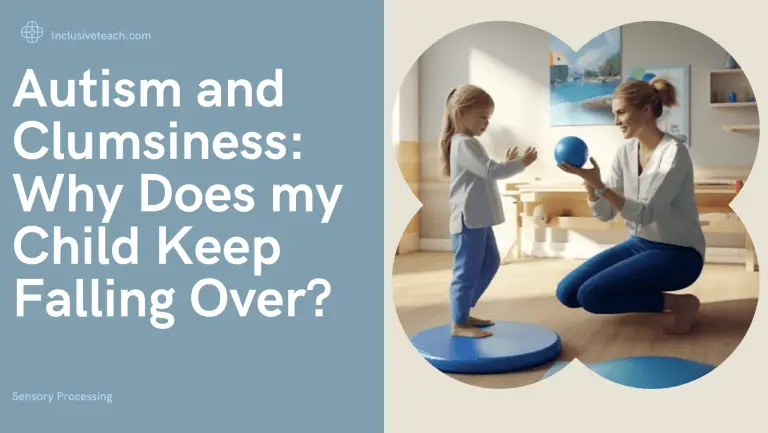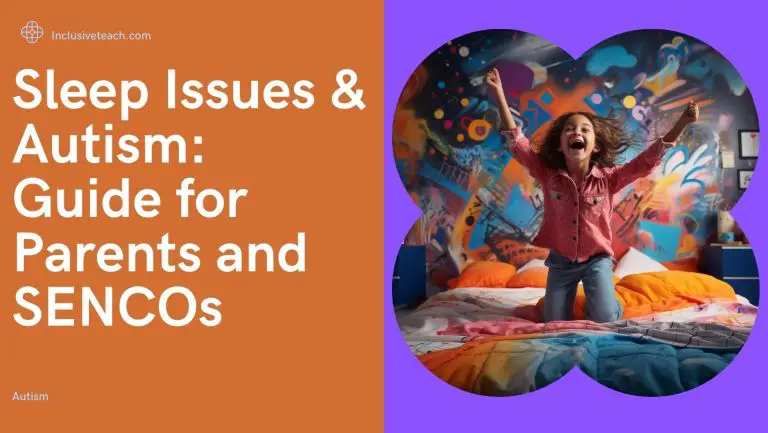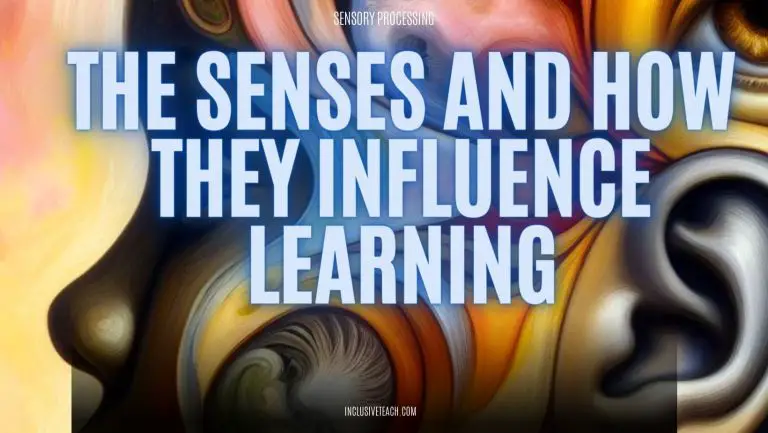Supporting Children with Dyspraxia in the Classroom: An In-Depth Guide for Teachers
Supporting Children with Dyspraxia in the Classroom
What is Dyspraxia?
Dyspraxia, also known as Developmental Coordination Disorder (DCD), is a neurological condition that affects physical coordination and can impact a child’s fine motor skills, gross motor skills, and planning abilities. These challenges can affect a child’s performance and wellbeing in various areas, including academic achievement, social interaction, and daily life skills.
Children with dyspraxia may struggle with tasks such as writing neatly, tying shoelaces, using utensils, and participating in physical activities. It is also not uncommon for children with dyspraxia to have difficulties with concentration, organisation, and following instructions.
Identifying Dyspraxia in the Classroom
Children with dyspraxia may exhibit a variety of signs, including:
- Difficulty with fine motor skills, such as handwriting or using scissors
- Trouble with gross motor skills like jumping, running, or catching a ball
- Unsteady gait or perception of being “clumsy”.
- Problems with spatial awareness and balance
- Struggles with planning and organisation
- Difficulty following multi-step instructions
- Sensitivity to sensory stimuli
Every child will present differently, and these symptoms can vary widely in intensity and manifestation.
Strategies for Supporting Children with Dyspraxia
1. Modify the Learning Environment
Children with dyspraxia often benefit from a structured and organised learning environment. Clear and consistent classroom routines can help these students understand what is expected of them. Labels, colour-coding, and designated spaces for belongings can also support their organisational skills.
2. Adapt Teaching Methods
As you would for any SEN use multi-sensory teaching methods. Breaking down tasks into smaller steps can make learning more manageable. Provide clear, concise instructions and ensure the child understands them before starting a task.
3. Provide Additional Time
Give the child extra time to process information, complete tasks, or participate in physical activities. Rushing can exacerbate their difficulties and create unnecessary stress.
4. Use Assistive Technology
Assistive technology, such as speech-to-text software, can be a huge benefit for students who struggle with writing. Likewise, paper based or digital organisers and reminders such as visual timetables can help with planning and time management.
5. Encourage Peer Support
Promote an inclusive classroom environment where all students support each other. Peer buddies can be especially helpful for children with dyspraxia, providing assistance with tasks and showing the value of social interactions.
Physical Education and Dyspraxia
Physical Education (PE) can be particularly challenging for children with dyspraxia. PE teachers should adapt activities to ensure they are inclusive and achievable for these students. This could mean using larger or softer balls, reducing the complexity of the game, or altering the size of the playing area.
Collaborating with Parents and Professionals
Working closely with parents and relevant professionals is crucial in supporting a child with dyspraxia. Regular communication with parents can provide insights into what strategies work at home, and occupational therapists or physiotherapists can offer expertise on supporting physical development and motor skills.
Promoting Self-Esteem and Emotional Wellbeing
Children with dyspraxia often experience frustration and a lack of confidence due to their difficulties. It’s essential to celebrate their successes, however small, and provide positive reinforcement to boost their self-esteem. Encourage their strengths and interests, and ensure they understand that everyone has different abilities and challenges.
Conclusion
Supporting children with dyspraxia in the classroom requires understanding, patience, and flexibility. But with the right strategies and accommodations, these children can flourish academically, improve their motor skills, and gain confidence. Remember, dyspraxia doesn’t affect a child’s intelligence or creativity, and with appropriate support, they can achieve their full potential.








Really informative and a great list of ways to support in the classroom.
Thank you for taking the time to comment.